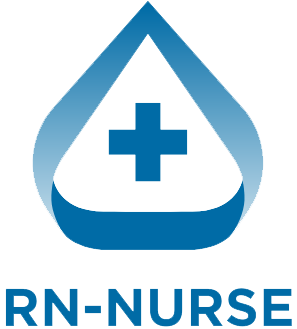Introduction
Sepsis is a life-threatening condition that continues to be one of the leading causes of mortality in hospitals, especially within intensive care units (ICUs). As we move into 2025, updated sepsis protocols emphasize early recognition, rapid intervention, and team collaboration. Whether you’re a new RN or a seasoned critical care nurse, understanding the current guidelines is essential to improving patient outcomes.
1. What is Sepsis?
Sepsis is the body’s overwhelming and life-threatening response to infection, which can lead to tissue damage, organ failure, and death. It progresses rapidly, making early detection a top priority for ICU nurses.
2. What’s New in 2025?
The Surviving Sepsis Campaign has released updated protocols this year, focusing on:
- Immediate assessment within 1 hour
- Lactate measurement and remeasurement if >2 mmol/L
- Blood cultures before administering antibiotics
- Broad-spectrum antibiotics within 1 hour
- Rapid fluid resuscitation for hypotension or elevated lactate levels
- Vasopressor use to maintain MAP ≥ 65 mm Hg
3. Role of ICU Nurses in Sepsis Management
Nurses play a pivotal role in recognizing early signs and symptoms of sepsis and initiating protocols. Key responsibilities include:
- Monitoring vital signs and mental status
- Advocating for rapid provider intervention
- Administering fluids and medications
- Communicating lab results promptly
- Collaborating with the care team
4. Common Early Signs to Watch For
- Increased heart rate and respiratory rate
- Fever or hypothermia
- Confusion or altered mental state
- Low blood pressure
- Low urine output
5. Sepsis Bundles: What You Must Know
The sepsis bundles are step-by-step interventions grouped for maximum effectiveness. In 2025, the focus is on completing them within the first 3 hours of suspected sepsis. Timely completion significantly improves patient outcomes.
6. Technology & Tools Nurses Use
ICU nurses now use advanced EHR systems, sepsis detection algorithms, and smart IV pumps to monitor patient progress in real-time. Knowing how to use these tools effectively is now part of many nursing education programs.
7. Documentation and Communication
Accurate charting and clear communication with physicians are critical. Nurses should ensure they document:
- Time sepsis was suspected
- When interventions were started
- Patient responses to treatments
- Changes in status
8. Continued Education and Simulation Training
Hospitals are investing in simulation training and continuing education to help ICU nurses stay sharp. Familiarity with new sepsis management tools is becoming a core competency for critical care nurses.

Conclusion
- Understanding and acting on sepsis protocols in the ICU is a matter of life and death. In 2025, ICU nurses must be more vigilant, educated, and prepared than ever before. With rapid response and effective teamwork, you can help save lives and deliver exceptional patient care.

